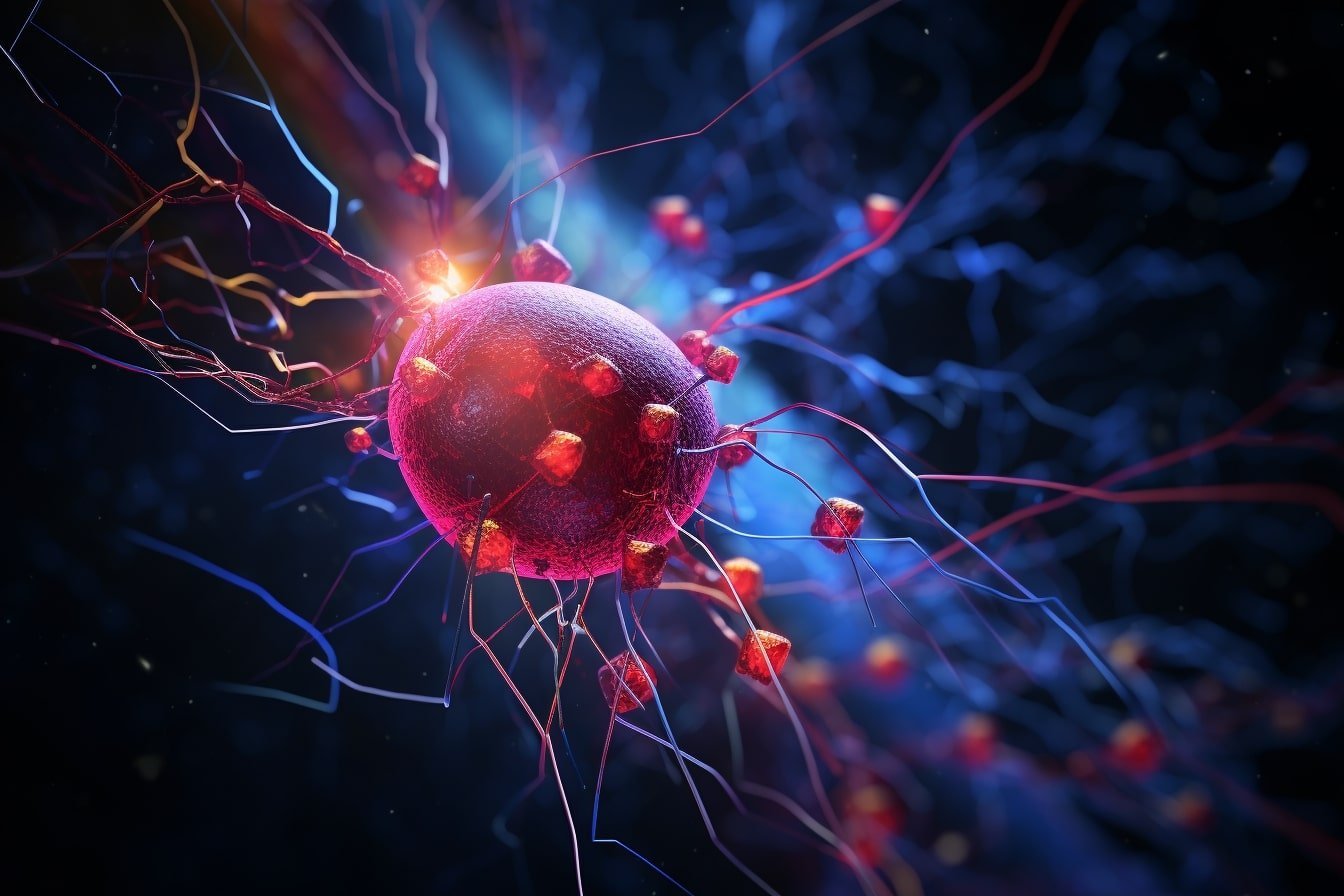Summary: A new study uncovers a subset of neurons in the hypothalamus that sense and respond to changes in blood sugar levels, akin to insulin-secreting pancreatic cells. The research brings forth crucial insights into our understanding of the body’s blood sugar regulation.
The findings could provide therapeutic targets for metabolic disorders like diabetes and obesity. If the sensing defect associated with diabetes can be reversed, the brain may be able to control blood sugar more effectively.
Key Facts:
- The study identified a subset of neurons in the hypothalamus that can sense changes in blood sugar levels.
- The neurons react rapidly to blood sugar changes, suggesting that they receive information from sensory neurons monitoring the bloodstream, not the slower-changing brain sugar levels.
- The study also indicates that diabetes may involve an impairment in the brain’s ability to sense blood sugar levels.
Source: WUSTL
New research has discovered neurons within the brain which detect and respond to changes in the level of sugar within the bloodstream.
Understanding how this blood-sugar detection system works and how these neurocircuits operate would give researchers and doctors greater insights into how our brains regulate our blood sugar and, perhaps, how to target them therapeutically to treat metabolic diseases like diabetes and obesity, according to the study authors.
The study was published June 22 online in Diabetes, a research journal of the American Diabetes Association.

“We’ve known for a long time that many neurons can detect sugar locally within the brain,” said Dr. Michael Schwartz, an endocrinologist with the University of Washington School of Medicine and co-director of the UW Medicine Diabetes Institute.
“What is new, however, is the evidence that a subset of neurons located in the hypothalamus can sense and respond to sugar in the bloodstream itself, analogous to the cells in the pancreas that secrete insulin.”
In this study, researchers were able to monitor both blood-sugar levels and the activity of neurons within the hypothalamus of conscious mice in real time.
They found that when blood sugar levels rise, the activity of this subset of neurons decreases rapidly. Researchers speculate that these neurons detect and respond to variation in blood sugar transmitted by sensory neurons that supply the vasculature (rather than sugar levels in the brain, which change much more slowly), Schwartz noted.
This sensory information is then transmitted to one or more neurocircuits that control the blood sugar level in conjunction with the pancreas, which produces insulin for the body.
Clinically, this is important because when treating patients with diabetes, clinicians often find that the patients’ system is actively maintaining an elevated blood-sugar level, presumably “because that’s where the brain thinks the blood sugar level is supposed to be,” Schwartz said.
“For example, if a normal blood sugar is 100, a patient with diabetes may well have a blood sugar above 300,” he said. “If it’s been at that elevated level for days or weeks, and if you suddenly lower it back to 100, the brain will think that’s too low, and will try to increase blood-sugar level again.”
This evidence that diabetes is associated with an impaired ability of the brain to sense the blood-sugar level suggests that in the future, reversing this type of sensing defect may allow the brain to control blood sugar in a more appropriate way, Schwartz concluded.
About this neuroscience research news
Author: Barbara Clements
Source: University of Washington
Contact: Barbara Clements – University of Washington
Image: The image is credited to Neuroscience News
Original Research: Closed access.
“Identification of Hypothalamic Glucoregulatory Neurons That Sense and Respond to Changes in Glycemi” by Michael Schwartz et al. Diabetes
Abstract
Identification of Hypothalamic Glucoregulatory Neurons That Sense and Respond to Changes in Glycemi
To investigate whether glucoregulatory neurons in the hypothalamus can sense and respond to physiological variation in the blood glucose (BG) level, we combined continuous arterial glucose monitoring with continuous measures of the activity of a specific subset of neurons located in the hypothalamic ventromedial nucleus that express pituitary adenylate cyclase activating peptide (VMNPACAP neurons) obtained using fiber photometry.
Data were collected in conscious, free-living mice during a 1-h baseline monitoring period and a subsequent 2-h intervention period during which the BG level was raised either by consuming a chow or a high-sucrose meal or by intraperitoneal glucose injection. Cross-correlation analysis revealed that following a 60-90 s delay, interventions that raise the BG level reliably associate with reduced VMNPACAP neuron activity (p < 0.01).
In addition, a strong positive correlation between BG and spontaneous VMNPACAP neuron activity was observed under basal conditions but with a much longer (∼25 min) temporal offset, consistent with published evidence that VMNPACAP neuron activation raises the BG level.
Together, these findings are suggestive of a closed-loop system whereby VMNPACAP neuron activation increases the BG level; detection of a rising BG level in turn feeds back to inhibit these neurons.
To our knowledge, these findings constitute the first evidence of a role in glucose homeostasis for glucoregulatory neurocircuits that, like pancreatic beta cells, sense and respond to physiological variation in glycemia.






